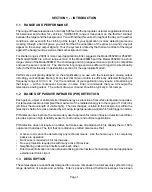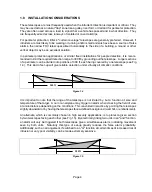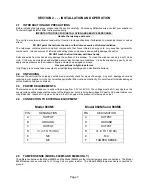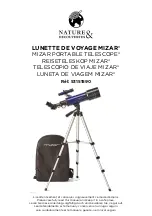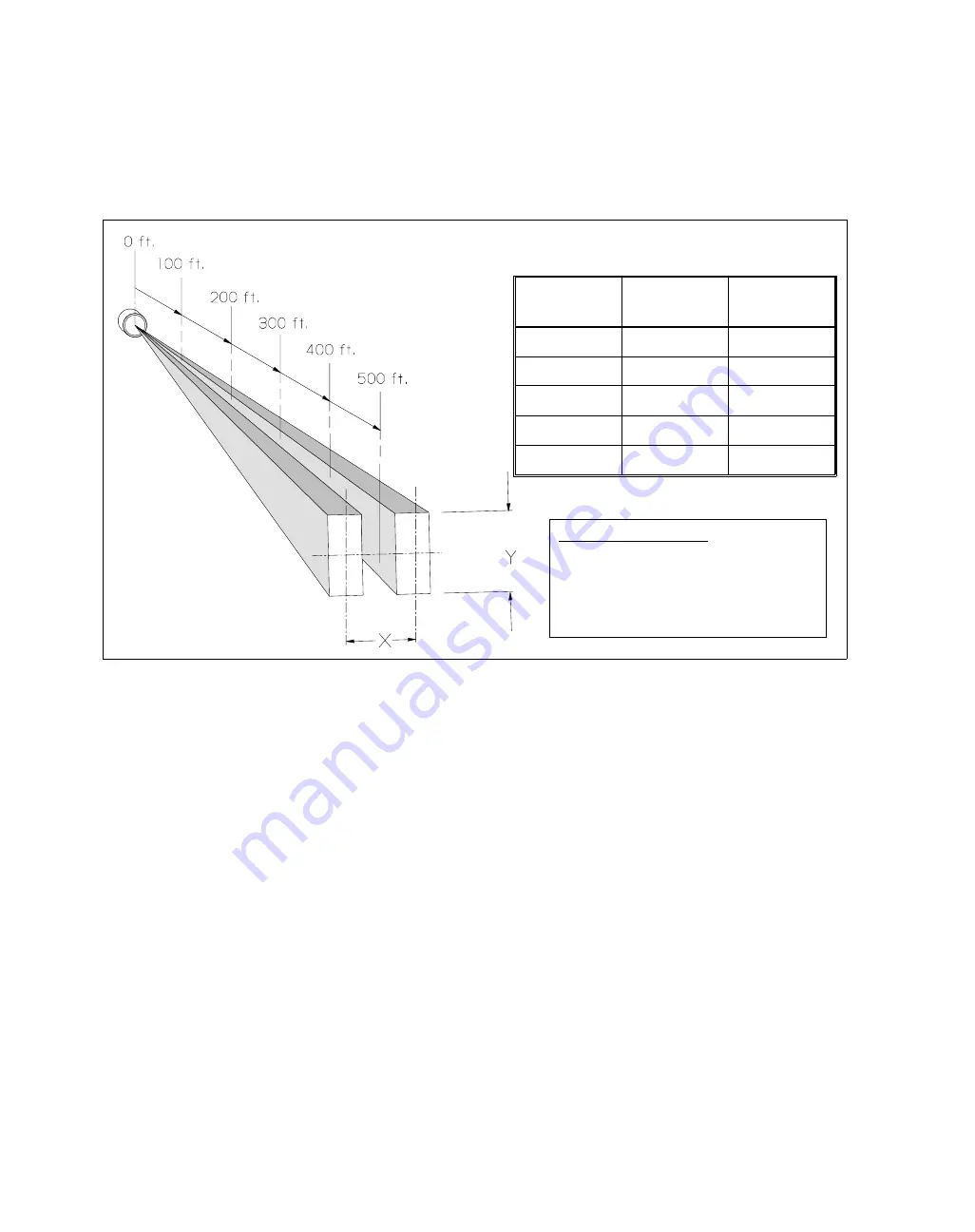
Please note that a non-directional unit with curtain coverage similar to the Model 864 is available.
This is the Model 860M4 without internal electronics. For further details, please contact the Technical
Support staff at Eltec Instruments.
1.6
DETECTABILITY CONSIDERATIONS
These passive infrared telescopes produce an analog signal when seeing a change of optical
radiation corresponding to a movement within or across the field of view. Although the telescopes
are most sensitive to movements across the field of view, movement towards the telescope will also
be detected with a high degree of probability.
1.7
ENVIRONMENTAL CONSIDERATIONS
One of the major concerns is the influence of various weather conditions on the detection range.
Calculations verified by actual tests show that the infrared signal attenuation can almost be neglected
for points 1 to 9 on the International Visibility Scale (see Table 1) corresponding to dense fog and
perfectly pure air, respectively. Only for visibility 0 (very dense fog) will the attenuation be significant,
but detection range will still be typically up to 50% more than the distance the human eye will see.
Page 3
DISTANCE
COVERAGE
(X) SIZE
(Y) SIZE
100 ft.
1.42 ft.
2.39 ft.
200 ft.
2.83 ft.
4.79 ft.
300 ft.
4.25 ft.
7.18 ft.
400 ft.
5.67 ft.
9.58 ft.
500 ft.
7.09 ft.
11.97 ft.
Field-of-View
Figure 1.3
Data is calculated and subject to variations in environmental changes
Directional Considerations: When a target is
traveling from the left to the right (when viewed from
the rear of the telescope), Output Pin C will exhibit a
signal first then Output Pin A will exhibit a signal.
When a target is traveling from the right to the left
(when viewed from the rear of the telescope), Output
Pin A will exhibit a signal first then Output Pin C will
exhibit a signal.




